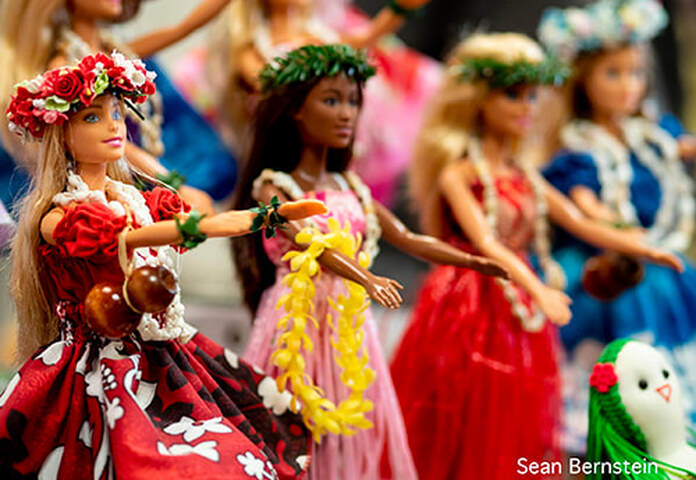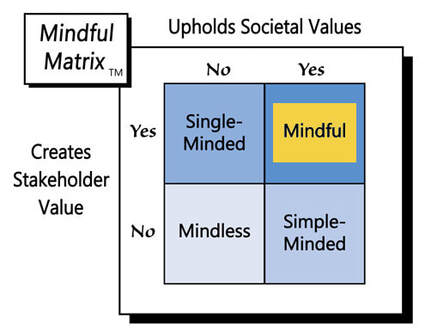author of Honorable Influence - founder of Mindful Marketing
Legos have been fixtures in family rooms for at least a few decades. The tiny bumpy bricks provide appropriate challenge and fun for children from four to 14 and beyond. Kids who can’t see also can snap together the blocks to build shapes and structures, but they haven’t been able to appreciate the variety of colors or visualize their finished work in all the ways that sighted children can.
In 2019, the Lego Group conceived a creative way to bridge the participation gap by using the bricks’ raised knobs to represented braille letters. For the last few years, the company distributed its Braille Bricks selectively – mainly to individuals and organizations teaching children with visual impairments. Recently, the firm made the 287-piece set widely available for purchase, so blind and sighted members of any family can enjoy playing with and learning from the uniquely inclusive toys.
Mattel also has done a good in making its iconic Barbie doll more inclusive. For decades, the company has added dolls of different races and ethnicities to the collection, and in more recent years, it’s introduced dolls with disabilities and different body types.
Product inclusivity is a great thing. It’s hard to imagine products being ‘too inclusive,’ especially one’s targeted toward children.
As I’ve spoken with college students about product inclusivity, some have said they didn’t care whether their Barbies looked like them or not, but others really appreciated having dolls whose skin colors and other physical attributes mirrored their own.
Jason Polansky, one of my former advisees who is totally blind, has worked in employee recruitment roles for Microsoft and Whole Foods and now has a position as an unemployment claims interviewer with the Pennsylvania Department of Labor and Industry. We had many good conversations when he was a student and more since he graduated several years ago, but I never thought much about his childhood – what it was like to grow up blind – and I certainly didn’t think of the toys he played with, so I recently asked him about them.
Polansky said he mainly liked playing with tactile toys such as Legos, Duplos, and Geomags, as well as a braille/tactile Battleship game, a Connect 4 game with holes in the black checkers, and braille Uno cards. He also enjoyed audible toys like a talking trivia globe, a puzzle map of the United States, a talking clock, and "two buckets full of dinosaurs and reptiles."
Sound was a mixed blessing for Polansky. Although he enjoyed listening to cassette tapes and AM/FM/shortwave radio, the same sounds sometimes created a problem when they kept him from hearing other noises in his environment that he needed to hear. In fact, when he was about six, he went through a stage in which many extraneous sounds scared him for that reason.
Sadie McFarland is one of my current advisees. Because of optic nerve hypoplasia, she has no vision in her right eye and limited functional vision in her left one, which means she is legally blind. Although McFarland reflects fondly on playing with Barbies and a variety of other toys and games when she was a child, her attention now as a college marketing major is drawn to the lack of playthings designed for children with disabilities, especially those with vision impairments.
Even as she credits brands like Barbie and American Girl for making dolls that “give beautiful nods” to individuals who have prosthetic devices, use wheelchairs, and have diverse skin tones, she laments that companies in the toy industry have done relatively little to represent blindness.
McFarland recommends making dolls whose eyes move sporadically, mimicking nystagmus, placing a white cane in the doll’s hand, and equipping it with a guide dog in harness. She adds that blindness also can be identified with certain types of glasses.
As an adult, McFarland still loves to play games but often finds them challenging because “at least 75% contain items with text that is nearly microscopic, even to the working human eye.” Some of her suggested fixes are to provide braille instructions and scorecards and to create tactile boards and differently shaped pieces. She also recommends reaching out to organizations like the National Federation of the Blind and American Printing House for the Blind, which can provide useful insights into meeting the needs of blind consumers.
It's nice to imagine a world in which more companies heed such advice and genuinely attempt to make products, especially toys, accessible to a broader range of people; however, the reality is that companies need to pay vendors, make payroll, and provide ROI to shareholders, all of which may appear to preclude satisfying some niche markets.
Of course, companies can gain goodwill be serving underrepresented people groups, but is it right to expect companies to lose money doing so? As a corollary, the law requires organizations to make reasonable accommodations for employees with special needs, unless doing so represents an undue hardship.
Fortunately, it doesn’t have an either-or decision. Several years ago, Polansky and I coauthored an article titled, “How Serving Blind Consumers Creates Competitive Advantage.” We summarized a main takeaway in this statement: “The same services that meet the unique needs of blind consumers often ‘delight’ other customers, thereby differentiating a brand and even offering competitive advantage.”
Since blind people lack at least some degree of sight, marketers must appeal to other senses like touch, smell, and taste. Of course, most sighted people also have these senses, and they similarly appreciate things that feel good, smell nice, and taste good. So, by integrating more senses for the benefit of blind people, marketers also increase their appeal to other consumers and differentiate themselves from competitors who don’t do the same.
McFarland maintains, “Play is a universal language that must be kept fully accessible for every child and child at heart.” Hopefully, increasingly creative toy design will see the introduction of more toys that tap into multiple senses for both inclusivity and profitability, which can be considered a playful approach to “Mindful Marketing.”
Learn more about the Mindful Matrix.
Check out Mindful Marketing Ads and Vote your Mind!




 RSS Feed
RSS Feed